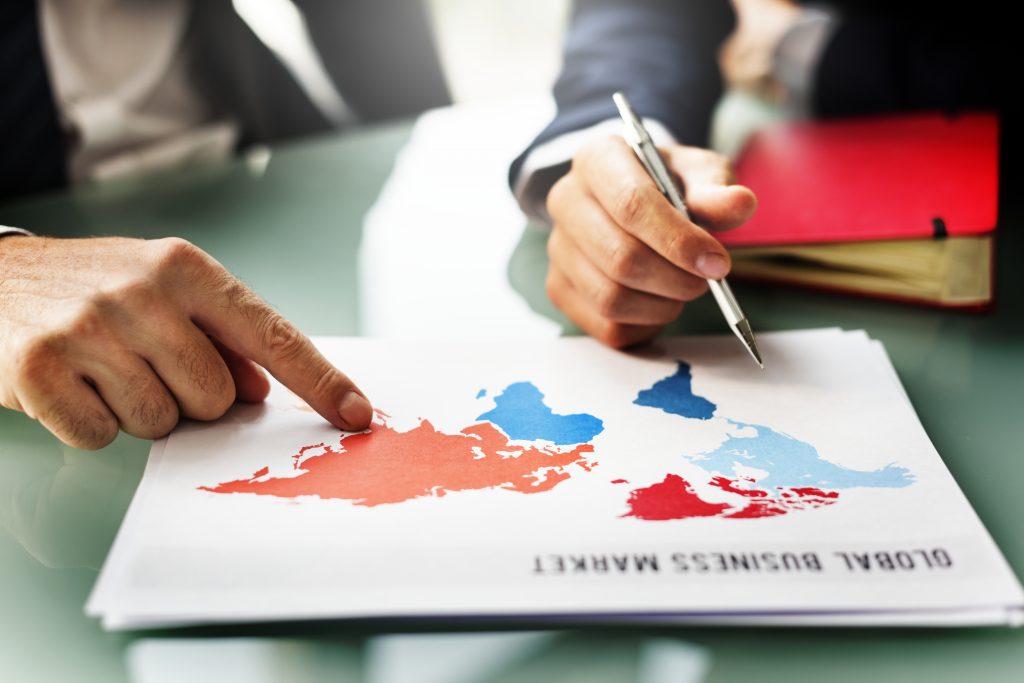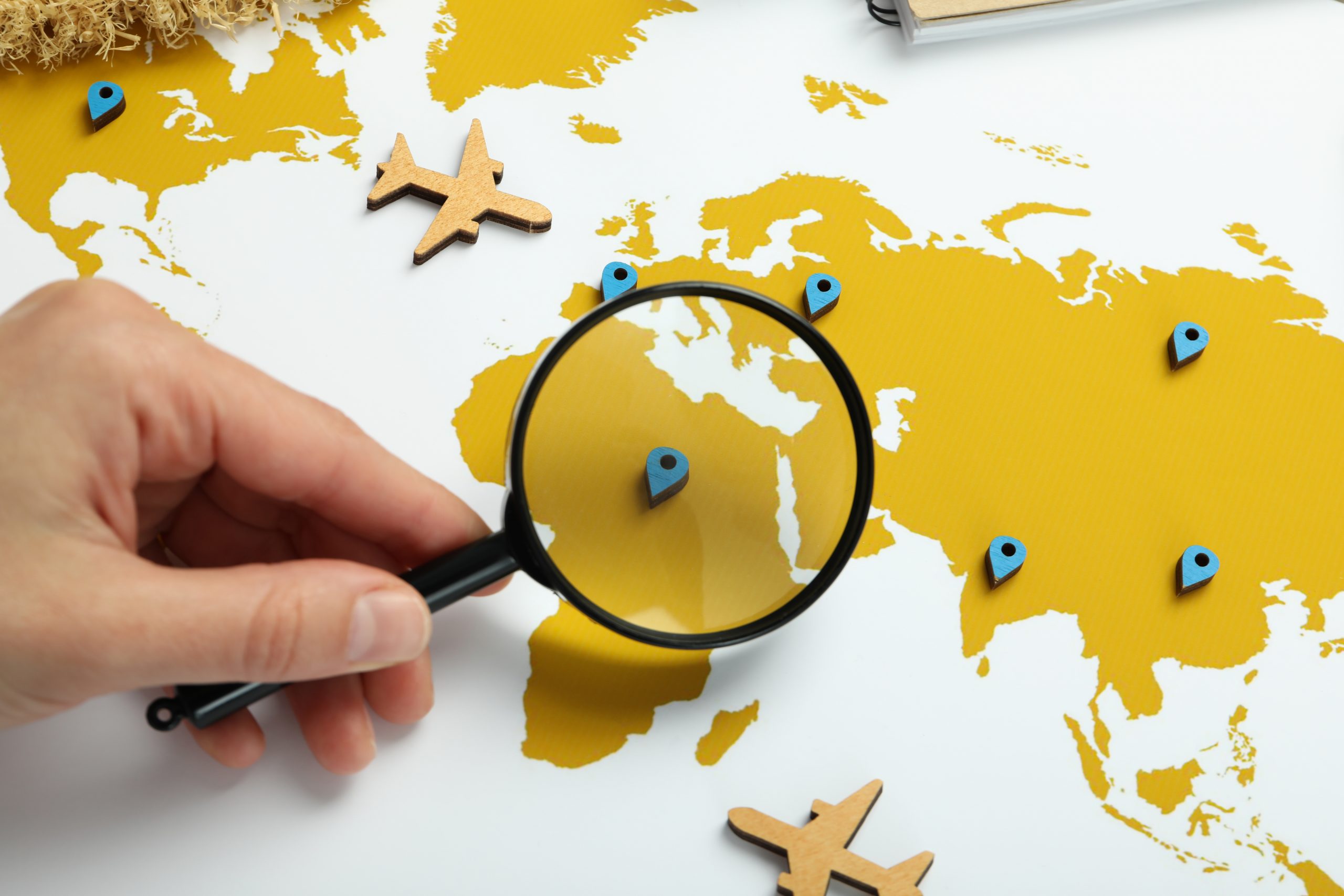In today’s interconnected global economy, international trade plays a pivotal role in driving economic growth and fostering international relations. However, with the benefits of global trade come a myriad of regulatory requirements and compliance challenges that businesses must navigate to ensure smooth operations and avoid potential legal pitfalls. International Trade Compliance (ITC) has become a critical aspect of conducting business across borders, encompassing various regulations and standards that govern the import and export of goods and services.
Understanding International Trade Compliance
International Trade Compliance refers to the adherence to regulations, laws, and standards set forth by governments and international bodies to govern the movement of goods and services across borders. These regulations are designed to promote fair trade practices, ensure national security, protect intellectual property rights, and prevent the proliferation of weapons of mass destruction, among other objectives.

Key Components of International Trade Compliance
Customs Regulations: Customs regulations dictate the procedures and documentation required for importing and exporting goods, including tariff classifications, valuation methods, and rules of origin. Compliance with customs regulations is essential to facilitate the smooth flow of goods across borders while minimizing delays and avoiding penalties.
Trade Sanctions and Export Controls: Governments impose trade sanctions and export controls to restrict trade with certain countries, entities, or individuals for reasons such as national security, human rights violations, or nuclear proliferation concerns. Compliance with these regulations involves screening transactions and parties against restricted party lists and obtaining necessary export licenses or authorizations.
Trade Agreements and Free Trade Zones: Trade agreements, such as free trade agreements (FTAs) and preferential trade agreements (PTAs), establish preferential tariff rates and trade concessions between participating countries. Compliance with these agreements requires understanding the rules of origin and eligibility criteria to benefit from tariff preferences. Free trade zones (FTZs) provide special customs procedures and tax incentives to facilitate trade and investment, necessitating compliance with specific regulatory requirements.
Product Regulations and Standards: Product regulations and standards vary by country and may include requirements related to safety, labeling, packaging, and certification. Compliance with these regulations ensures that products meet the necessary quality and safety standards for importation into foreign markets.

Challenges and Best Practices in International Trade Compliance
To address these challenges, businesses can implement the following best practices:
Jurisdictional Complexity: Compliance requirements vary by country and region, making it challenging for businesses to stay abreast of regulatory changes and ensure compliance across multiple jurisdictions.
Supply Chain Risk: Global supply chains introduce complexities and vulnerabilities, requiring businesses to assess and mitigate risks related to supplier compliance, product sourcing, and transportation logistics.
Data Management and Documentation: Compliance with customs regulations and trade documentation requirements necessitates effective data management and documentation practices to ensure accuracy, completeness, and timely submission of required information.
To address these challenges, businesses can implement the following best practices:
Compliance Program: Establish a robust compliance program that includes policies, procedures, and controls to manage international trade compliance risks effectively.
Training and Awareness: Provide training and awareness programs to employees involved in international trade activities to ensure they understand their compliance obligations and responsibilities.
Technology Solutions: Utilize technology solutions, such as trade compliance software and automation tools, to streamline compliance processes, enhance data accuracy, and improve risk management capabilities.
Collaboration and Partnerships: Collaborate with trade partners, industry associations, and government agencies to stay informed about regulatory developments, share best practices, and address compliance challenges collectively.
International Trade Compliance is a multifaceted discipline that requires a proactive and holistic approach to navigate the complexities of global trade regulations successfully. By understanding the key components of international trade compliance, addressing common challenges, and implementing best practices, businesses can mitigate compliance risks, optimize supply chain efficiency, and capitalize on opportunities for international expansion and growth in the global marketplace.














